Home > Resources and Insights
Afimilk Articles

Poole’s Brothers Farm:A Journey from Tail Painting to Hi-Tech Precision with AfiCollar
For Isaac Poole, AfiCollars have transformed how he and his team work. With the AfiCollars giving them all the information they need to make breeding and medical decisions and Afi2Go Prime putting it at their fingertips, not only does a day on the farm look very different compared to two years ago, but they are operating more efficiently too. Running this large operation has been made much easier for Poole Brothers farms and can be for you, too.

Farm Management In Your Pocket
Life on Charcroft Farm changed dramatically the day Tom Hiscock won the cow collars and started using them alongside Afi2Go Prime. Tom always has a handle on exactly what work is being done and who is doing it, and he can make changes on the fly in response to real-time situations without any undue stress.

Damage control! How accurate and timely detection of subclinical ketosis reduces the impact of this widespread disease.
A dairy farm that can rapidly, accurately, and non-invasively detect all cases of subclinical ketosis (without the inconvenience and expense of carrying out repeated strip testing) will be a more profitable as well as more efficient farm. Sub-clinical ketosis detection through the AfiLab system is proven reliable, accurate, and fast and is revolutionizing the way that dairy farms across the world detect and manage this pervasive disease.

Informed Management of Transition Cows Aids in Maximizing Production Potential
managing transition cows is critical to help your herd achieve its maximum potential and avoid significant production losses through the rest of their lactation. Afimilk provides accurate, reliable tools that can not only find cows that are not increasing milk production as expected, but can detect subclinical ketosis and other health issues, allowing for early intervention at all stages of lactation.

The Crisis of Mastitis-How technology can help farmers tackle dairy farm’s most serious health issue.
Mastitis is infectious, often fast-spreading and has devastating impacts on your cow population and profits. Alongside any diagnostic tools used, keeping accurate and detailed records about the nature and cause of any mastitis outbreaks on your dairy farm will help you provide effective treatments in a timely manner. It will also help you understand how your farm compares to industry norms and decide whether you need to change your milking protocol or improve general hygiene.

Beat the Heat: How to Detect and Manage Heat Stress in Cows
To keep your cows comfortable and optimally productive at all times, you need to monitor their conditions continuously. This is especially true in the summer months or in countries with warmer climates. However, with global warming raising its head, this can be relevant anywhere and at any time of year.

Mastitis detection and the proper use of conductivity
In order to give your cows, the quickest way to recovery from mastitis, it’s important to detect it early. In most cases, indications of mastitis have come from observing swelling or noticing some flakes in the cow’s milk.

Animal Welfare & Afimilk
Animal welfare is a primary criterion of social sustainability. With sustainability being a pillar of our core values, Afimilk works together with farmers who provide the best welfare possible to their herds, supplementing them with tools and best practices for improving animal care.

If Milk Could Talk! – Important Things You Can Learn By Using A Milk Meter
If you read the previous article in this series, you already know that a milk meter can be a valuable tool in your armory, giving you detailed data about each cow’s milk production to support better decision-making on the farm. Just using the solution at face value – to compare quantity and quality of milk to historical norms – is valuable in itself, but there is more you can deduce from Afimilk’s MPC milk meter when you understand how to interpret the data.

Why Every 21st Century Dairy Farm Needs A Milk Meter
The Afimilk MPC used alongside Afifarm’s farm management solution provides an abundance of historic and current information about each cow. It is this level of detail that will help you take your management decisions into a higher league so you can truly maximize your productivity and profits.

Leveraging Automation to Increase Milking Parlor Efficiency
The milking parlor is the heart of every dairy farm. A mismanaged parlor can negatively impact a farm’s critical areas of profitability, including an increase in cases of mastitis in cows, chronic teat problems and other health issues that can influence fertility, feed efficiency and welfare – ultimately ending in lost milk and lost revenue.

Precision dairy farming: How technology can benefit dairy herd management
Increasing dairy herd size, shortage of available workers and rising labor costs has made it increasingly difficult for producers to provide specific attention to each individual animal. Due to these changes in the dynamics of herds size and production per animal, as well as the growing concerns surrounding animal welfare, the dairy industry has become one of the leading adopters of precision technology.

10 Insights to Boost Your Milking Parlor’s Performance
In this blog, we focus on Afimilk’s MPC – a highly advanced milk meter that collects detailed minute-by-minute data from your parlor. You can use this data to evaluate your existing milking protocol, spot inefficiencies, and remediate issues.

Best Practices For Increased Milking Parlor Revenue
Data is the key to improving your farm’s efficiency and boosting your bottom line but to get the most of your data, you need to have the tools to analyze it. Using Afimilk’s MPC in conjunction with the milk efficiency module in Afifarm presents you with data that makes it easy for you to quickly glean practical information at a glance, with the option to delve deeper into the data if you wish.

Unlocking the Hidden Value in Your Milk Parlor
Dairy farm so it makes sense to focus significant attention on the milk parlor when looking for ways to boost your farm’s profitability. By using milk monitoring tools, you can collect vast amounts of milking data and store it for later analysis. The best parlor solutions provide an accurate snapshot of what is going on day to day in the milking parlor down to the individual cow level, giving you the information you need to evaluate your milking protocols and plan for a more efficient future.

Afi2Go: A Paperless Farm is an Efficient Farm
Is there anything your smartphone can’t do?
With Afi2Go Prime, your smartphone can add farm management to its repertoire!
Read our newest blog post and learn how this simple but powerful mobile app can turn your farm into a model of paperless efficiency

AfiCollar and AfiLab Uncovered How Costly a Cup of Coffee Can Be
When it comes to herd management, there’s countless variables that can negatively impact performance and profitability. And the root cause isn’t always easy to see.

Time to Automate Your Dairy Farm!
If you’re ready to automate your farm or you want to ramp up your automation, check out some of the Afimilk products mentioned in this article and explore how they can help you achieve your goals.
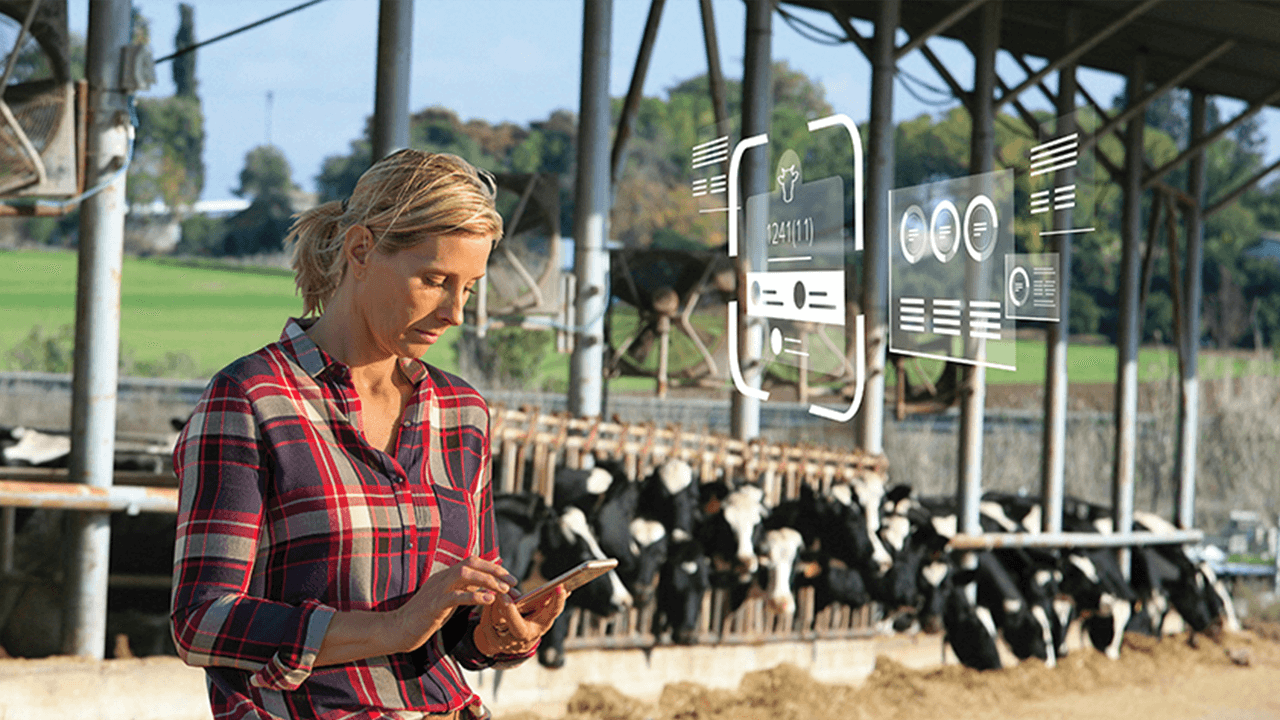
Waste Not. Want Not!
The farm is home to 1800 dairy cattle, with 1200 Holstein cows calving annually. Robhoek is spread across 240 hectares of irrigated ryegrass pasture and plants 60 hectares of maize for silage annually. The solutions presented here enable the farm to save costs on food and supplements as well as ensure that each cow is fed a diet tailored to its nutritional needs.
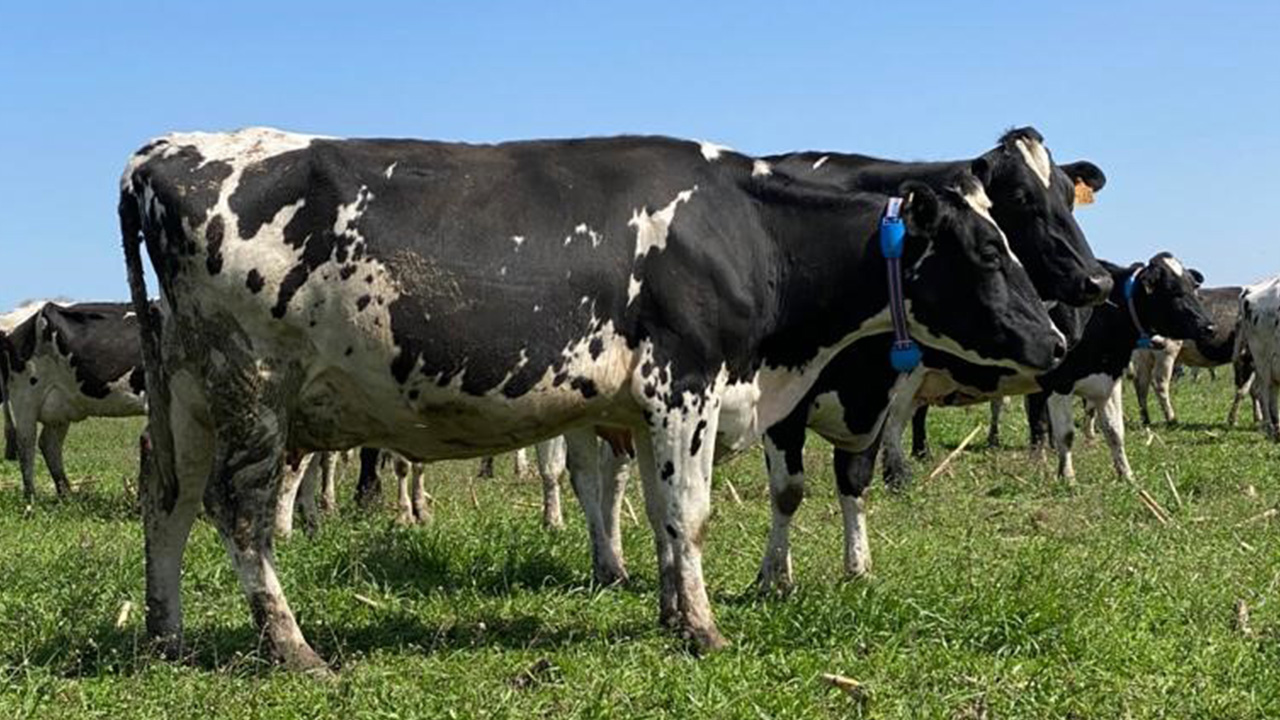
AfiCollar in Action! Based on the Real-Life Experience on Robhoek Farm, SA
A collar worn around the neck of each cow continuously measures neck movements providing accurate real-time information regarding each cow’s rumination and eating time, and neck activity (useful in heat detection). The data from the collars allows farmworkers to extrapolate critical information regarding cow health and wellbeing in real-time.

The “Weigh” to Higher Profit!
The story of a professional farmer who uses the AfiSort and Weigh system which identifies, weighs, and sorts the cows according to where they should go at each milking. Sort and Weigh helps him achieve important efficiency targets on the farm.

The Benefits of Monitoring Eating and Rumination in Individual Cows
As every dairy farmer wants his/her farm to perform to the highest level, it pays to track eating and rumination patterns so that any changes can be dealt with appropriately and any issues or problems can be quickly remedied.

Study Shows Powerful Performance Benefits to be Gained from Tracking Eating and Rumination
A groundbreaking study carried out by the School of Agriculture and Environment at Massey University, New Zealand, found a powerful link between eating and rumination tracking using an Afimilk Cow collar and performance benefits on dairy farms.

The Benefits of Tracking Cow Behavior as a Group
As a farmer, you may know every cow in your herd by sight. You may even have named them all and know each one’s individual quirks and habits. While there are tremendous benefits to monitoring each cow individually – especially when it comes to fertility – there are situations when group monitoring is equally as important and more efficient.

Healthy Cows, Healthy Profits!
Everything you need to know about successful cow health monitoring
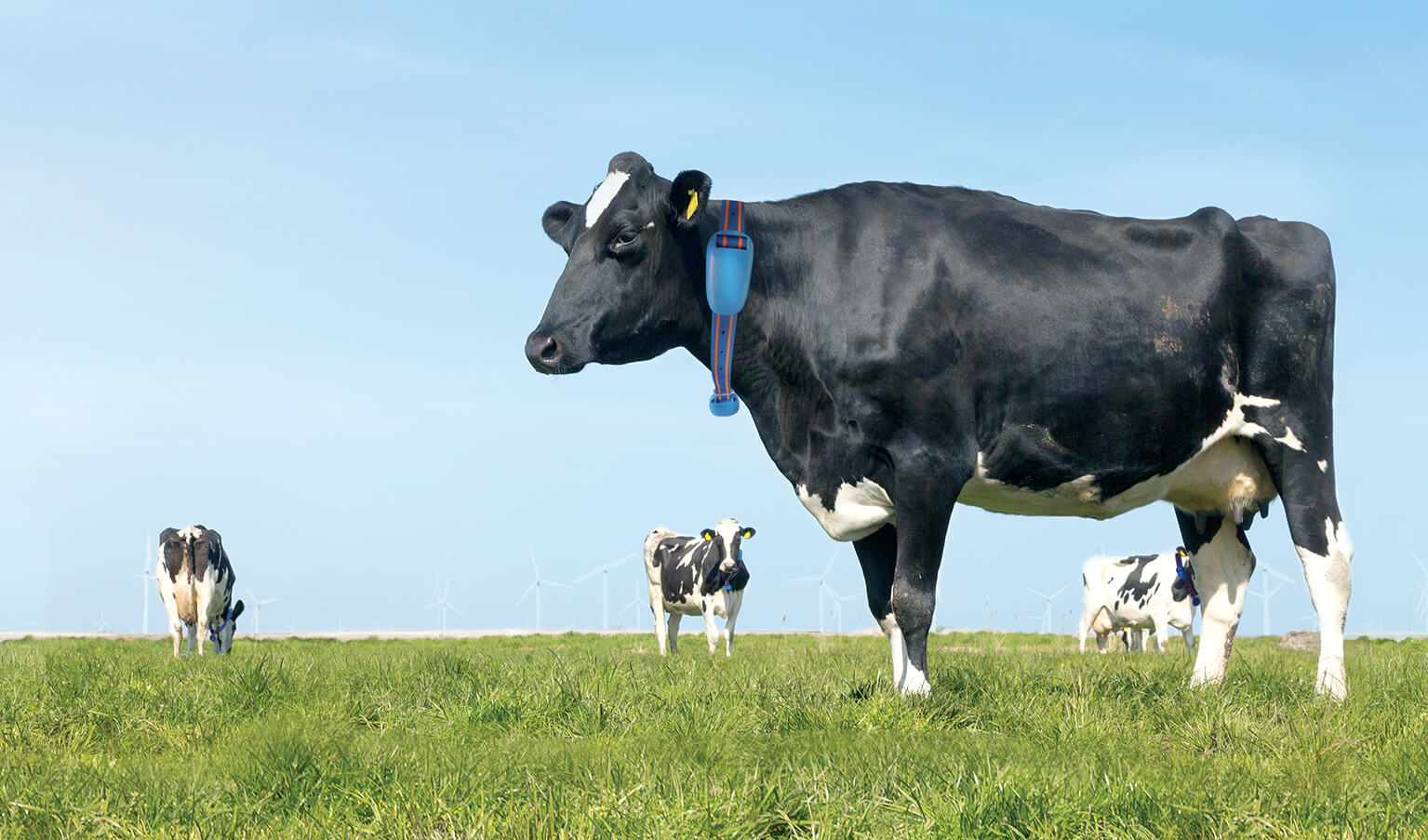
4 Daily Insights Every Farmer Needs for Efficient Farm Management
The goal of every farmer is to have a profitable farm that is run efficiently and smoothly. This goal has been around for generations, but

Those Were The Days… Or Were They? The Changing Lifestyle of the Dairy Farmer
Farmers have long been appreciated for the sacrifices they make to ensure our supermarkets are stocked with an abundance of produce. That said, the traditional image of the dairy-farmer rising before dawn to milk the cows while his dedicated wife hand-rears the calves and the kids rake out the cowsheds seems far-fetched today.

It’s Getting Hot in Here: The Most Effective Way to Track Cows in Heat
They say that timing is everything. This is definitely true when it comes to inseminating cows – the timing must be perfect in order for the insemination to result in conception.
When conception rates are maximized, cows become pregnant at the optimal time to ensure that milk production remains at its optimum level, resulting in healthy cows and a healthy bottom line for the farm. Despite the critical importance of conception rates, only 35-45% of cows get pregnant on the first insemination.
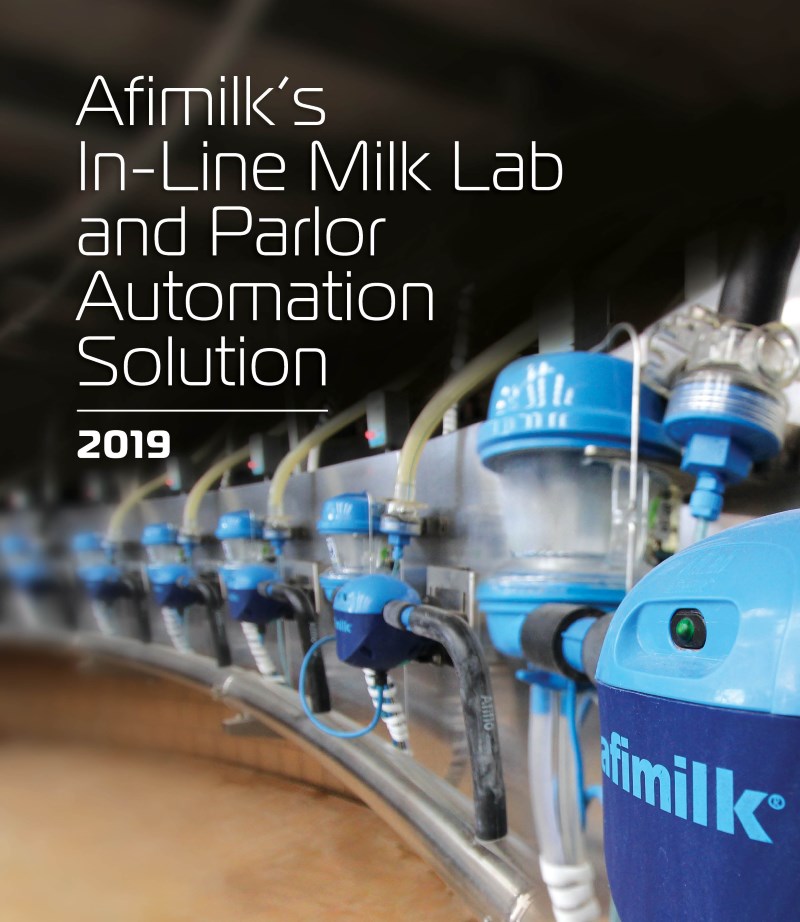
How to monitor energy balance using in-line milk testing
The physiological condition of any animal is reflected in the components of its body fluids, such as milk in a dairy cow. Using an optic sensor, we can measure milk composition (fat, protein, lactose and blood) for each cow during every milking.
Afimilk Projects
Afimilk Projects has vast worldwide expertise in setting up dairy farming projects from large-scale operations to small farms.
Afimilk MPC
Get full control over milking process at every milking point – for healthier udders.

Feeding cows as individuals will optimise yields and profits
Treating cows as individuals and going back to thinking like a cowman rather than a herdsman will optimise yields and profits, said South African dairy farmer Nigel Lok at this week’s British Cattle Breeders Club Conference, Telford.

Activity monitors: More than just heat detection
To assure cows calve at optimal intervals and maintain milk production at peak levels of efficiency, it is necessary to constantly keep a close eye on the cows, which isn’t always an easy task. Automated heat detection systems are making this possible in today’s industry. However, most systems on the market, including AfiAct, provide the producer with more that just a heat detection tool.

Chasing a dream: One woman’s fight for a dairy farm life
When we put Leontien VandeLaar on the cover of our 2011 “Women in dairy” issue, we knew she had a powerful story – but we were blown away by just how many connected with the Indiana dairywoman.

Israeli dairy herd firm wins huge Belarusian tender
AfiMilk won 12 million-euro tender to provide its advanced milking parlors to locations around the Eastern European country.
AfiLab for Ketosis detection
In-Line Milk Lab consists of two sensors for decision support and early detection of health issues.
Afimilk needs & solutions
We are here to provide diary producers with the technology and knowledge to profitably produce high quality milk.

Questions to Ask When Choosing a Cow Activity Monitor
Dairy producers have long understood the importance of visual cues in determining cows’ fertility and health status. Since round-the-clock observation can be impractical and labor-intensive, especially on larger operations, many dairies are now turning to technology for cow monitoring solutions.

Calving Alert Systems: Know Exactly When Your Cow is Calving
Technology takes monitoring cows at calving time to a new level. Knowing when a cow is going to calve can improve calf and cow survivability as assistance can be provided during difficult calvings and colostrum can be fed promptly after birth.

Using conductivity for early mastitis detection
Early detection of mastitis is considered the best option to allow cows a quick recovery. Mastitis detection by seeing clinical signs, may prove challenging in large farms with high throughput or in cases of subclinical mastitis that doesn’t show clinical signs yet. New technologies automatically detect mastitis, before the cows show clinical signs.
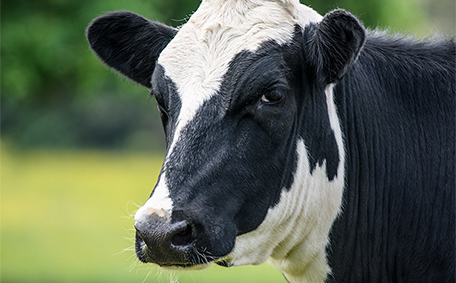
Detecting lameness earlier using an activity behaviour system
Lameness is one of the most common and most economically destructive production diseases of dairy cows. It is associated with a reduction in milk yield and fertility and an increase in culling rate and medical costs.

How to improve heat & estrus detection in dairy cattle
The onset of estrus in dairy cattle is accompanied by changes in physiological activity, rumination and feeding behavior. These alterations can be monitored via direct observation or through the use of automatic sensors.

Oregon State cows monitored 24-7 with telemetric monitoring system
The Dairy Research Center at Oregon State University served as the first U.S. farm to test out a new telemetric monitoring system. The system included a leg pedometer that measured steps and lying downtime, two types of in-line probes that measured milk production, and a scale that weighed each cow after every milking.

Milking Israel’s dairy expertise in Vietnam
New Zealand cows arriving by the boatload in Vietnam as part of an Israeli-led.

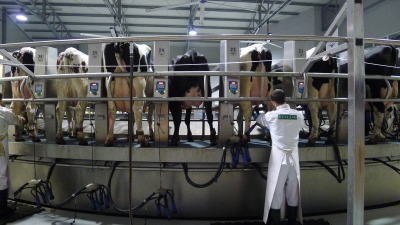

Innovative technology for automatic washing
Polish company Polanes Milking System have used innovative technology to produce Aquatronic for use in milking parlours. The device includes two main components – the Aquatronic controller and the Aquabox unit.

The unstoppable advance of heat detection systems
Dairy farmer Johannes Loubser was very enthusiastic about his heat detection system in HI`s reproduction series. South Africa is not alone. Around the world, thousands of farmers trust their “assistant”, who for 24 hours a day, seven days a week, tirelessly signals which cows are in heat. Three specialists and farmers from Europe, Israel and U.S. share their experiences.

Israeli design forms basis for modern South African farm
The most southern province of South Africa is called Western Cape. This region has the largest dairy operations in the country as well as the most registered Holsteins. Because the area is not suitable for the production of high-quality forage, they are very focussed on performing as well as possible in all aspects – here is their story.
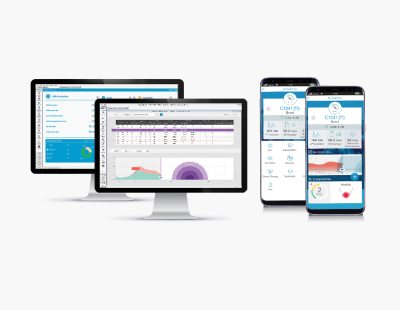
They share their best buys
With today’s high production costs, spending your money wisely is more important than ever. Simply said, investments must pay for themselves. We asked Hoard’s Dairyman where they get the most bang for their bucks.

Heat-stress effects on dairy cattle behavior
Resting time is inversely correlated with milk production and directly correlated with gestation length. Based on readings of thousands of cows fitted with pedometers in multiple farms, Afimilk has measured 500 to 700 minutes per day as the normal resting time for lactating dairy cows.

33 Activity monitors: More than just heat detection
Automated heat detection systems are making this possible in today’s industry. However, most systems on the market, including AfiAct, are able to provide the producer with more than just a heat detection tool.

Online evaluation of milk quality according to coagulation properties for its optimal distribution for industrial applications
Under prevailing practices milk delivered to dairy plants is graded upon reception, according to acceptable standards of hygienic quality. In most countries, these standards include upper limits on transportation temperature, bacterial counts, antibiotic residues, and SCC (McLaughlin, 2006; USFDA, 2007).

Influence of intramammary infection of a single gland in dairy cows on the cow’s milk quality
Intramammary infection (IMI), comprises a group of costly diseases affecting dairy animals worldwide. Many dairy parlours are equipped with on-line computerised data acquisition systems designed to detect IMI. However, the data collected is related to the cow level, therefore the contribution of infected glands to the recorded parameters may be over estimated

Employing AfiLab™ for commercialized real time, on-line milk separation according to its clotting properties
The composition of raw milk for a required dairy product has a direct influence on yield, taste and on process optimization. For cheese manufacturing, these are determined mainly by the level of milk constituents and it’s coagulation properties, i.e., rennet clotting time (RCT) and curd firmness (CF)

Effects of Cow Comfort on Milk Quality, Productivity and Behavior
The behavior of dairy cows is dependent on the interaction between the cows and their physical environment. In the “big picture”, the physical factors of the facility (stall design, flooring type, feed bunk design, environmental quality) impose baseline limitations on how the cows will interact with the housing conditions. Within these limitations, the ability of cows to engage in natural behaviors is further dictated by management routines such as grouping strategy and stocking density

The Multifactorial Approach to Fertility Problems
Feeding for efficient milk production leads in modern dairy practice. Efforts to maintain production and fertility at optimal levels under given market, husbandry and feeding conditions, often fail. Yet, financial
losses for an “open day” are estimated in various studies to be 2.5 to 5.0 US$.
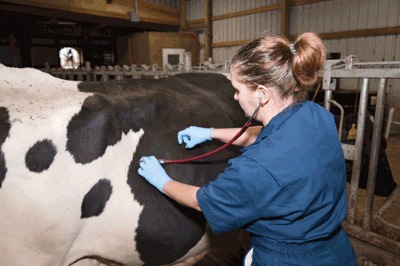
Automated measurement of lying behavior for monitoring the comfort and welfare of lactating dairy cows
Lying behavior is often used as an indication of well-being in cattle and for evaluating the stall quality. The use of electronic data loggers to automate behavioral recording has become increasingly common

General Management Practices – from Heifer to High Producing Dairy Cow
Each stage in an animal’s development is important but there are three main parts in managing females for reproduction. Develop a proper nutritional balance for growing heifers, post-partum cows, and transition cows.

Extra Production – at What Cost?
Under the present prices, farmers use milk substitutes for young calves instead of whole milk, discarded milk (antibiotic or with high SCC) excluded. This amount should be reduced, and
the breach of the biological security should not be underestimated, especially in herds that adopted any disease eradication programs.

Achieving Optimal Cow Performance with the Aid of Information Systems
Control of production Diseases often involves various disciplines and therefore calls for a “multivariate approach”. Such an approach, centered on the herb, had led to the adaptation of integrated programs of the herd health,

New parameters to aid in the diagnosis of disease in post-partum dairy cows
Disease in fresh cows is probably the factor with the most devastating effects on milk production and reproductive performance. The objective of this study was to evaluate parameters that can be easily measured on a farm to determine their ability to detect subclinical disease in fresh cows

Early detection can prevent costly losses
Early detection and intervention are obviously critical for preventing major losses, but the vast majority of ketosis cases are subclinical, meaning there are no overt signs of disease.

The Seven Habits of Highly Successful Milking Routines
The objective of milking management of properly functioning milking management is to ensure that teatcups are applied to visibly clean, well-stimulated teats, that milk is harvested rapidly and efficiently, and that milking units are removed when milking is completed

Animal Welfare Guidelines for DAIRY FARMERS
Animal Welfare Guidelines For dairy farmers.
An introduction by Professor Patric Fottrell.
Chairperson of the Farm Animal Welfare Advisory Council

Subclinical ketosis in post-partum dairy cows
Cows with concentration of ketones in blood ≥1.2 mmol/L in early lactation had a higher risk of PVD and lower 6-week PR. Cow and herd-level prevalence of SCK varied widely in early lactation.
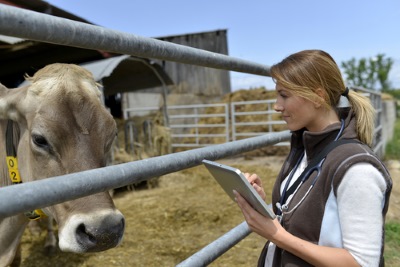
Early Detection Of Clinical And Sub-Clinical Mastitis
Mastitis is the most costly disease affecting daily cattle. Losses occur from decreased milk production, treatment and labor costs, non deliverable milk, veterinary fees, reduced milk quality, reduced milk price, increased risk of subsequent mastitis, culling and death of the cow.
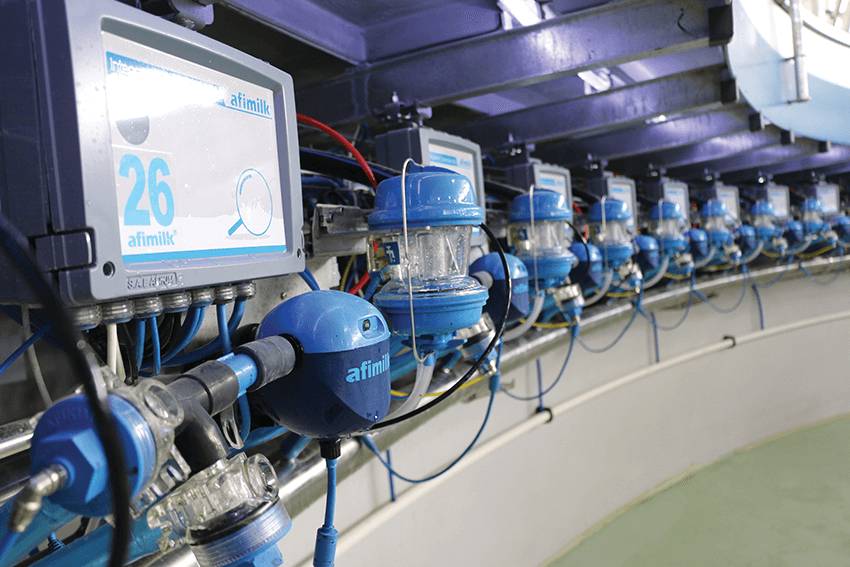
Diagnosis of Mastitis and Diagnostic Methods
The amount of swelling, severity of pain and the overall appearance of the cow will indicate the severity of infection and serve as a guide for the course of treatment

Daily Monitoring of Energy Balance
There is a direct relationship between body condition deterioration and conception rates in dairy cows, due to disruption in liver metabolism

The Benefits of the Afimilk Heat Detection System
It was found that the computer system contributed markedly to the cows’ productivity and profitability

Importance of Estrus Detection on Dairy Farms:
On the dairy estrus detection is the deliberate act to monitor and record the event of estrus and if artificial insemination (AI) is the method of reproduction, the breeding of the cow takes place at this time

Fertility Report in AfiFarm
The fertility reports of the Dairy Records Processing Centers in some countries, including Israel, contain data about distribution of the length of the cows’ cycles in the herd. The percentage of “double cycles” (36-60 days) indicates above all the efficiency of heat detection.
The lower the percentage of double cycles, the greater the efficiency of heat detection. According to the HACHAKLAIT – the cooperative society for veterinary services – the goal of Israeli dairy cows’ reproductive management is less than 18 percent of double cycles.
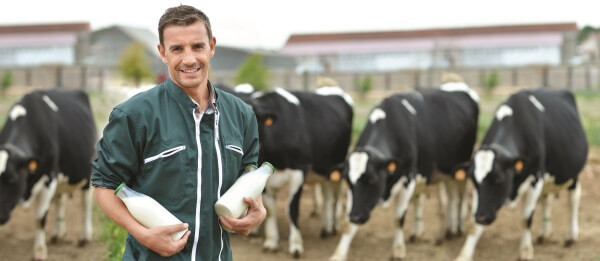
Detection and Prevention of Milking Routine Problems
A study was carried out to examine if computer monitoring of the dairy herd can help in the assessment of the milking routine on individual farms, to advise on possible shortcomings, and to monitor recommendations on improvements to the milking routine, particularly violations of “overriding” the ACR settings.
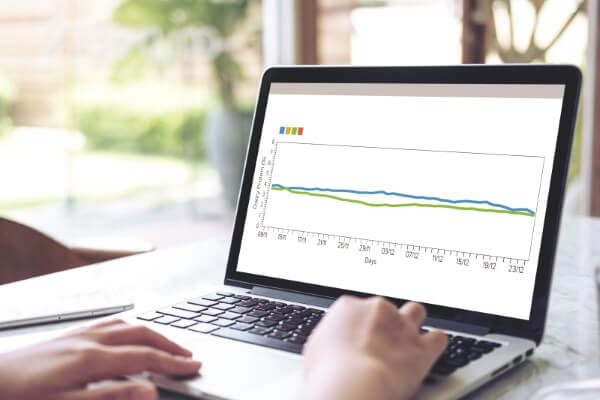
The practice of body condition scores of dairy cows in Israel
Body condition score (BCS) allows the cattle producers to assess the nutritional status and the changes in the energy balance of cows during various production stages. The importance of evaluation of BCS for effective dairy management is well known.
The uniform BCS system was developed in 1989 by A.J.Edmondson and simplified in 1994 by J. Ferguson at the University of Pennsylvania. The cows are typically scored on a 5-point scale from 1 indicating thin to 5 indicating obese. Recently, the dairy extension veterinarian of Illinois University R.L. Wallace described in detail in “Hoard’s Dairyman” of September 25, 2000, “What condition scoring can tell you”.

Influence of milk yield and take-off settings
The first aim of this study was to monitor parlour performance in high producing Israeli herds using the parameter proposed by Reid and Stewart (2007) for herds milked three times daily, 55 kg milk/stall/hour. Milk yield, somatic cell count and the culling rate were monitored correspondingly.
The second aim was to examine if by increasing manufacturers default take-off settings in Israel, there will be no detrimental effect on parlour performance and udder health (SCC).

New Tools for Measuring the Effect of Stimulation
For many dairies, the parlor is the limiting constraint. If the parlor is being fully utilized, increasing the amount of milk harvested per hour is the only alternative to building a new parlor or enlarging the existing parlor

Automated Monitoring of Dairy Cows’
Automatically monitored behavioral (feeding and locomotor) irregularities of Israeli Holstein cows were investigated in three dairies in relation to animals’ health status and stress conditions. Feeding behavior patterns were analyzed on the base of automatic on-line recording of feeding events. Indices of feeding behavior irregularities were proposed.
Long lasted feeding behavior irregularities were accompanied by poor health related parameters: higher milk Somatic Cells Count and conductivity, greater body condition loss toward first insemination, and increased cooling rate.

Proper control brings positive returns
“About three years ago I was in an aggressive expansion phase. For me to get a good quota, I had to get my cow numbers up quickly. When I got the chance to acquire an Ayrshire herd, I not only could up my milk production, but it also offered me the opportunity to differentiate a little bit in terms of the price I receive for my milk, Ayrshire milk being regarded as different from Holstein milk.”

Put your cows on auto control
The system makes it possible to take care of each cow individually, even if it is part of a very large herd. As a matter of fact, the larger the herd, the sooner the system will be able to “pay for itself”. The Afimilk dairy management system is a product of SAE Afikim, a company that has specialized in computerized systems for the modern dairy farm for the past 30 years.

Dairy Guidelines Raising Calves
The greatest effect on inheritance will come from the sire you select. Selecting bulls with high PTA’s for production and type offers the greatest opportunity for improvement in a herd

Cow Welfare – the Afimilk way
Cow welfare has become an integral part of better-quality management

Achieving high performance in dairy farms-Experience
Dairy farming has developed very fast in the last years in China. Many factors can influence the milk production of dairy cows, such as genetics, management, nutrition, improved technology, etc.
At SanYuan we managed to reach the highest milk production level in China in the last decade. The purpose of this article is to report our experience. Which were the main factors for this great achievement?